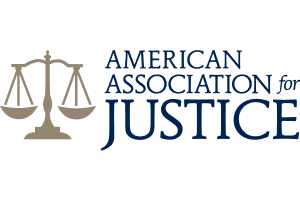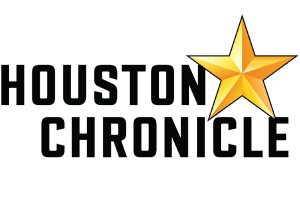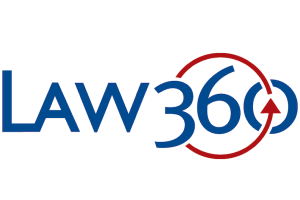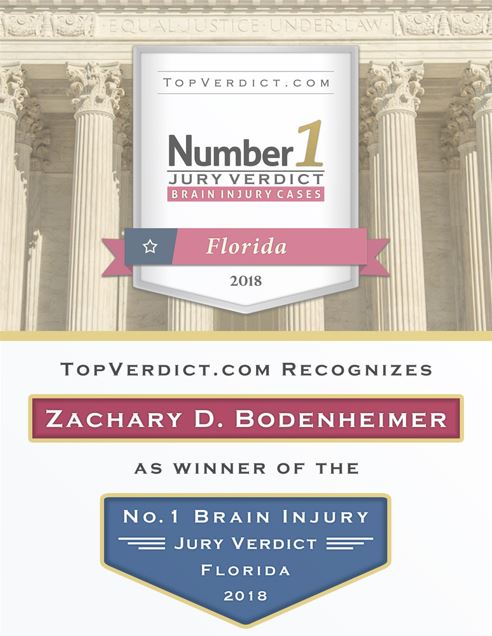- Free Consultation: 305-638-4143 Tap Here to Call Us
Tips for Taking Pictures After a Car Accident
Nobody wants to get into a car accident, but it is something that most people will experience in their lifetimes. When you are in an accident, the last thing you want to think about is a checklist of things to do. However, there are some steps you can take to ensure your legal rights are upheld and that you secure the compensation you are entitled to.
Taking photographs at the accident scene is one of the most important things you can do after a crash. Luckily, this has become easier thanks to modern technology. Most people have access to a camera on their cell phones.
How Do Photographs Help?
Taking photos at the scene of a crash is a way to preserve the evidence. As soon as an accident occurs, evidence will begin to disappear. Any photos you take at the scene will be helpful when dealing with insurance claims adjusters, and they can help in the event there is a personal injury lawsuit.
Photographs taken at the scene will help paint a picture of what happened. They can help refresh a person’s memory down the road when talking to insurance companies or testifying in court.
Capture the Details of the Crash
When you start taking pictures after a crash, you may not know what you need to take photos of. In general, the more photos you take, the better. If you are using a disposable camera, you will have to choose what you photograph carefully. The most important photos you need to take include those of:
- your car and any damage to the vehicle
- the other vehicles involved in the accident and any damage they sustained
- any skid marks caused by the accident
- any vehicle parts, shattered glass, or other debris that may be scattered around the crash scene
- the accident site itself, including intersections, parking lots, or other locations
- the location and condition of stop signs and traffic signals (particularly if they are broken)
- the environment and weather conditions
- any visible bodily injuries to you, your passengers, and other parties (other parties may not consent to photos being taken)
When you are taking photos, and you have space on the camera to do so, be sure to take photographs from various angles and distances. For example, if you are taking photos of bumper damage, do so from a distance of one to five feet, then back up and take a photo from 10 to 15 feet away. Do so again from a longer distance.
Do this with all of the subjects around the scene. By taking photos of damages, injuries, and conditions at various angles and distances, you can show insurance adjusters and/or a jury every aspect of the crash, and the scene can be carefully recreated in their minds.
These Photos Protect You
By taking photographs, you will help ensure you are treated fairly and that you receive the compensation you deserve after a crash. If another person caused the crash, your photos could help prove that.
You will also be protected if the other party or their insurance carrier tries to place some (or all) of the blame for the crash on you. The photos you take will work to show that their version of events is not true.












